Jinko CTO Jin Hao: TOPCon will become mainstream in the next three to five years, and industry expansion will help reduce the cost of electricity.
At this critical moment of photovoltaic technology update and iteration, where will N-type technology, which has extended multiple subdivision routes, lead the industry in the future? This has become the most concerning topic at present.
On September 13, at JinkoSolar’s TOPCon technology forum, the company’s CTO Jin Hao said that TOPCon will remain the mainstream route in the industry in the next three to five years and will account for more than 50% of the market.
Jin Hao said that in terms of conversion efficiency ceiling, TOPCon and HJT or BC are both at 28%; but in terms of cost, TOPCon still has an absolute lead now and in the next three to five years. In terms of the convenience of enterprise implementation, many of HJT's production equipment components rely on imports, which are relatively expensive; BC is not only costly, but also more difficult to implement; among the three, TOPCon's manufacturing feasibility and yield stability and the best value for money.
Jia Rui, director of the New Energy & Optoelectronics Laboratory of the Institute of Microelectronics, Chinese Academy of Sciences, also said that TOPCon will definitely become the mainstream of the industry in the future. He believes that the market space for other technologies may not be as large as TOPCon; at the same time, there is also a lot of room for future technological improvements in TOPCon: such as double-sided TOPCon technology; oxide film technology can also be used in TOPCon; TOPCon can even be integrated with BC technology.
Jin Hao revealed that the current mass production efficiency of Jinko's N-type TOPCon production line is close to 25.8%, and the pilot line has reached 26.5%, mainly single-sided TOPCon products. Next year JinkoSolar plans to launch double-sided TOPCon, which is expected to achieve a mass production efficiency of 26.5%, and gradually reach a mass production efficiency of 27%-27.5% in 2024 and 2025.
It is worth mentioning that the current stack of crystalline silicon cells and perovskite has achieved a conversion efficiency of 33.7%. According to Ge Ziyi, a researcher at the Ningbo Institute of Materials, Chinese Academy of Sciences, the lamination of TOPCon and perovskite is expected to achieve large-scale mass production in three to four years.
Overall, LONGi is currently betting heavily on BC, Jinko is betting heavily on TOPCon, Aixu dominates ABC, and many leading manufacturers are focusing on TOPCon batteries.
Jin Hao said that Jinko also has a pilot line for BC mass production. However, BC batteries have two major problems: one is high cost and difficulty in reducing costs. Compared with TOPCon, the process steps of BC technology are very complex, and it is very difficult to reduce costs in terms of silver paste consumption reduction and silicon wafer thinning. Jin Hao judged that the cost difference between BC and TOPCon in the next two to three years will be more than 1 cent.
The second is that the efficiency improvement is not obvious. BC is a platform product, and its efficiency improvement route is either based on HBC or TOPCon's TBC. Due to too much occlusion on the back of BC, it is difficult to achieve a double-sided ratio of more than 50%. Even among single-sided products, BC is just a branch and does not necessarily become mainstream.
This year’s TOPCon expansion wave has attracted industry attention. Zhao Xiang, a senior analyst at PV Infolink, said that at the end of 2022, the overall TOPCon production capacity in 2023 was expected to be around 300GW, but now it appears to have far exceeded expectations. In the first half of this year, TOPCon module shipments reached approximately 29GW, and full-year shipments are expected to reach 110GW. TOPCon module market share should be around 25% this year. In 2024, the overall production capacity of TOPCon will exceed that of PERC.
Facing the current wave of production expansion in the industry, which is dominated by N-type TOPCon, Jin Hao said that a large amount of production capacity will only promote future technological progress. After the industry popularizes large-capacity layout, every company will hope that the efficiency of TOPCon will be higher. Reducing the cost of electricity will always be the main theme of the photovoltaic industry.
"Since JinkoSolar launched TOPCon last year, JinkoSolar has been leading the industry for about half a year. Topcon can provide higher power. JinkoSolar was the first to launch products with more than 590W power, and was the first to reach 26.5% battery efficiency, with an efficiency increase of 0.5 -0.8, the power is increased to a level of 10-15W." Jin Hao told reporters that this is Jinko's advantage in maintaining technological differentiation.

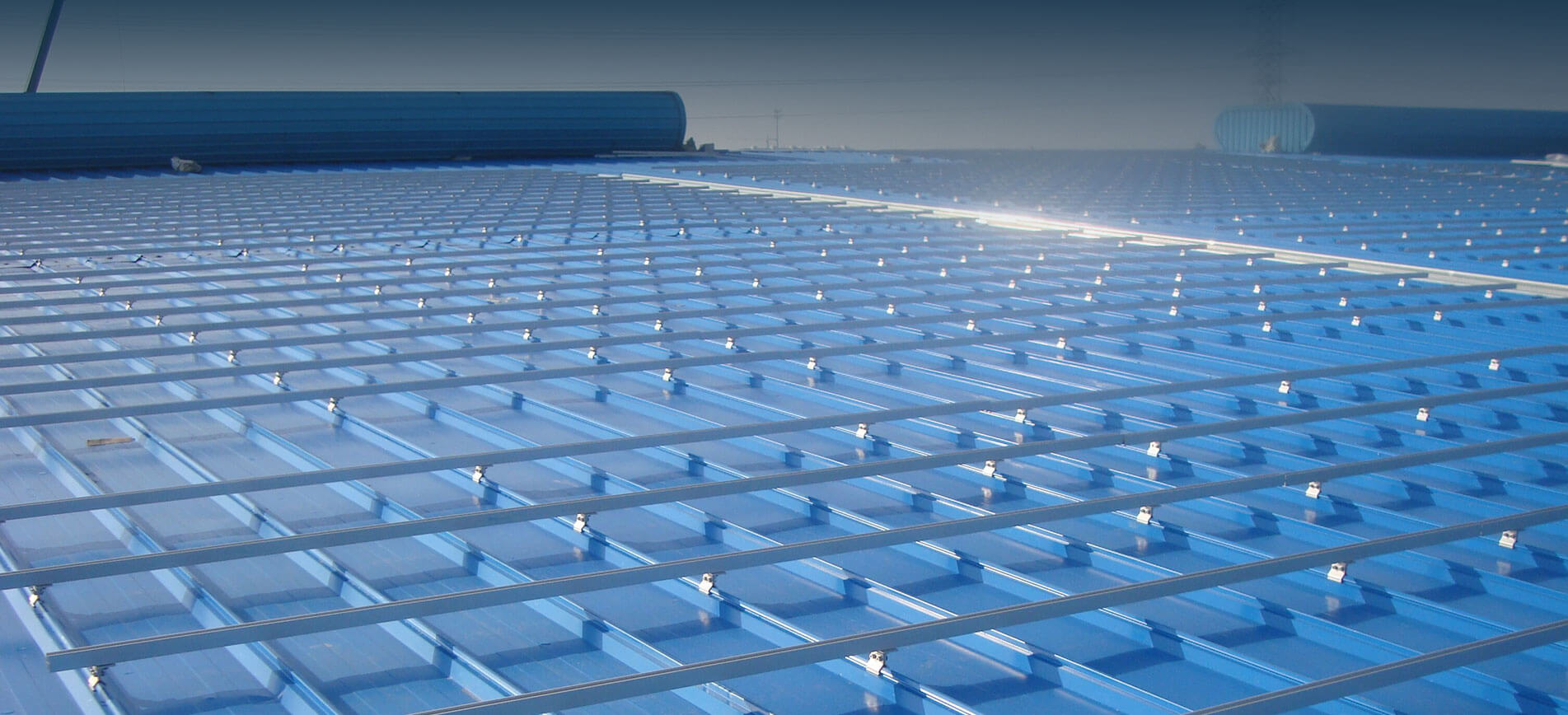
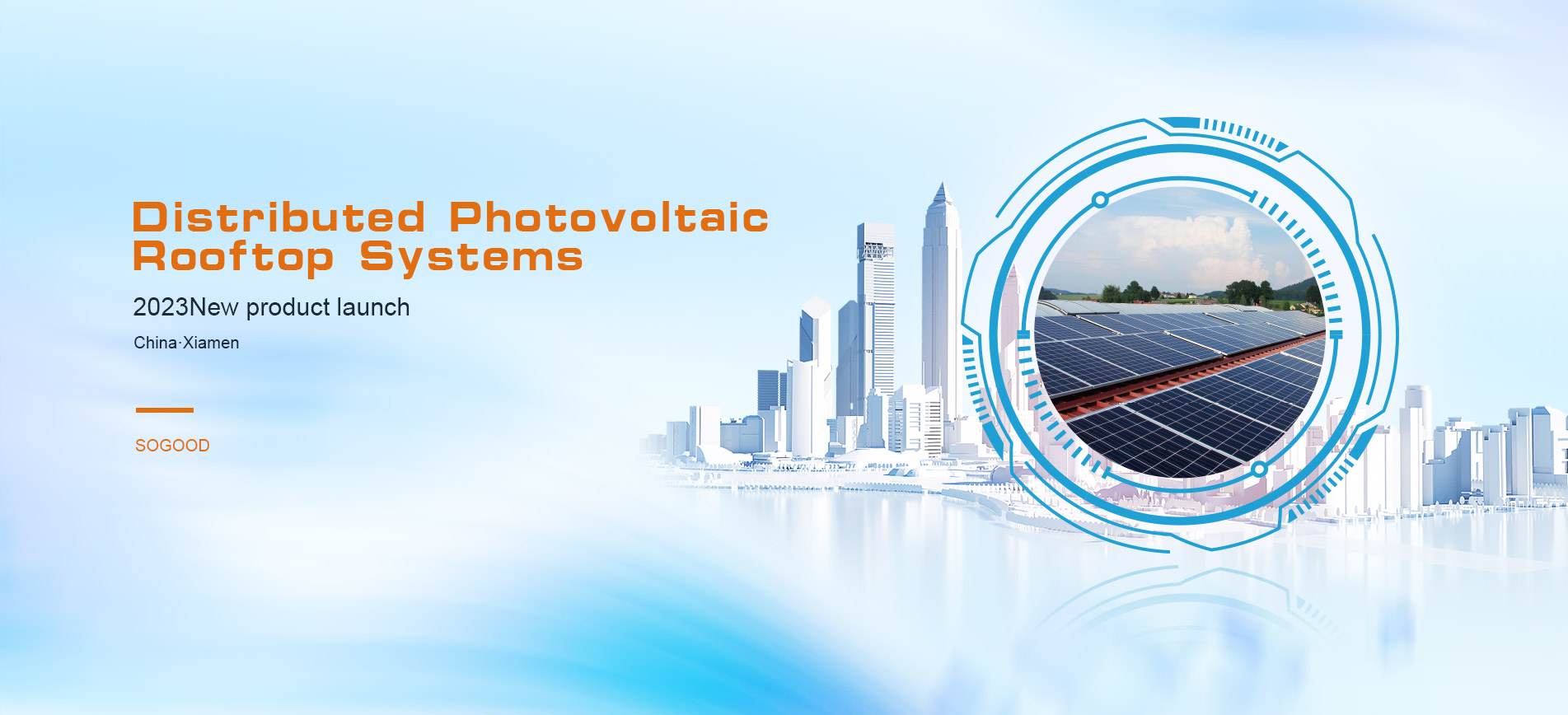
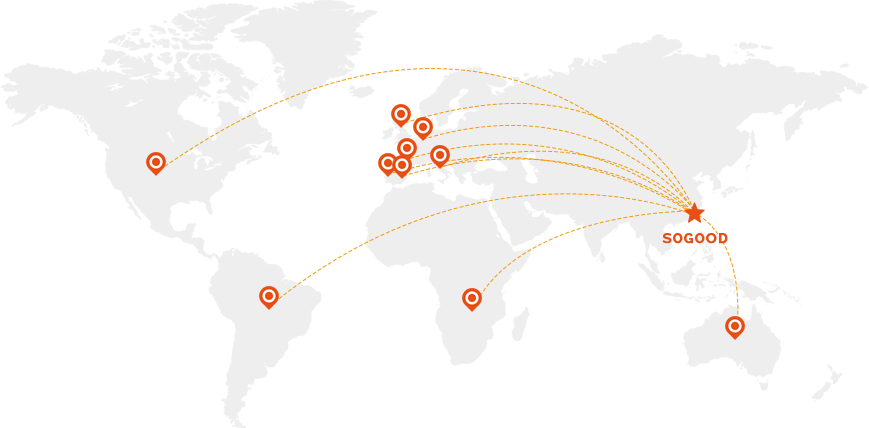



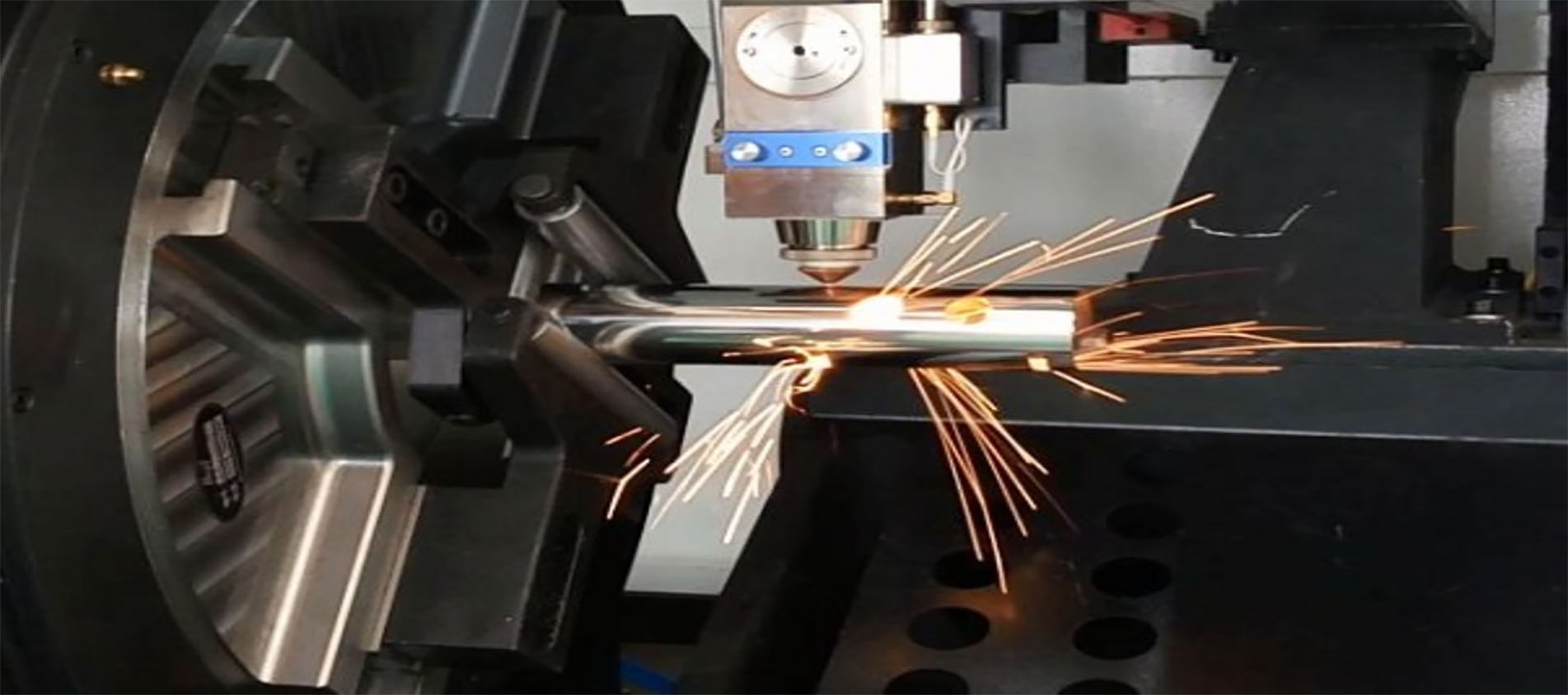
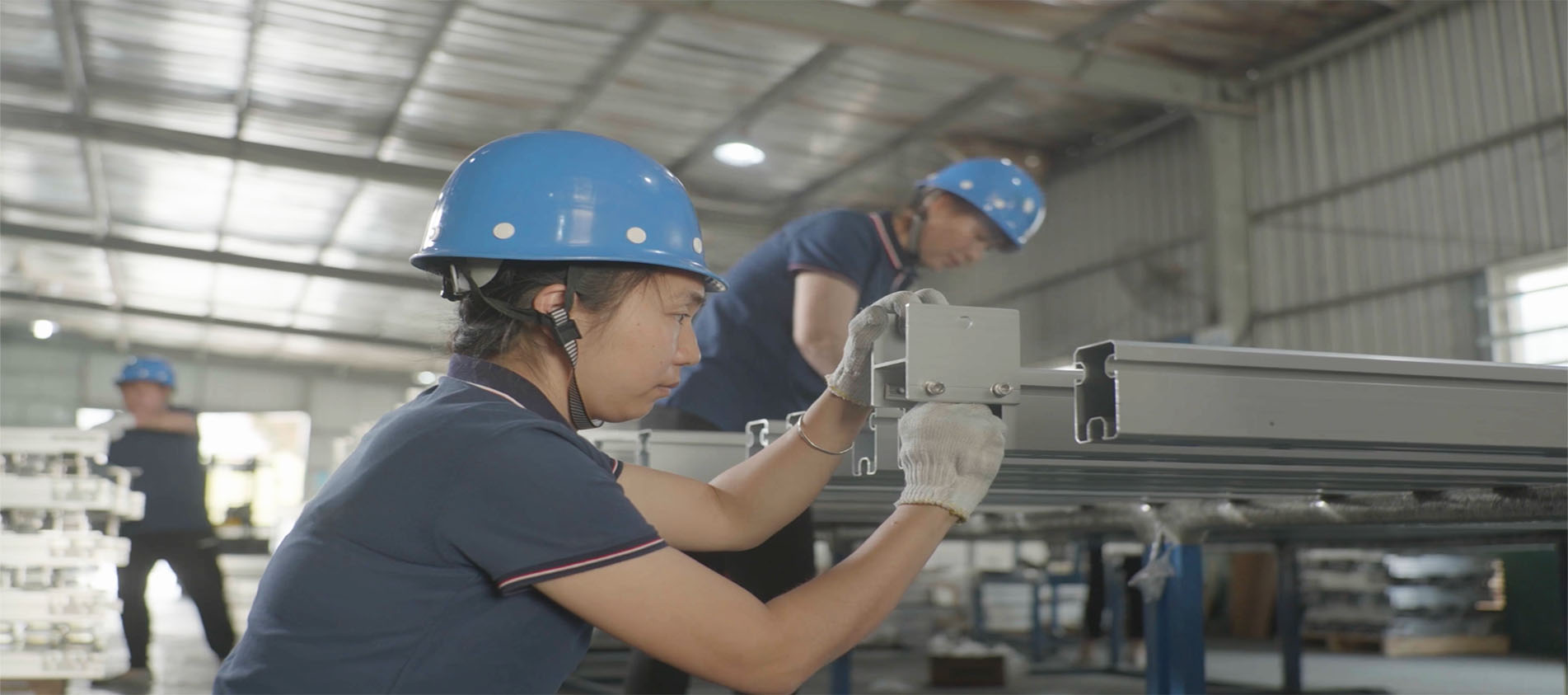
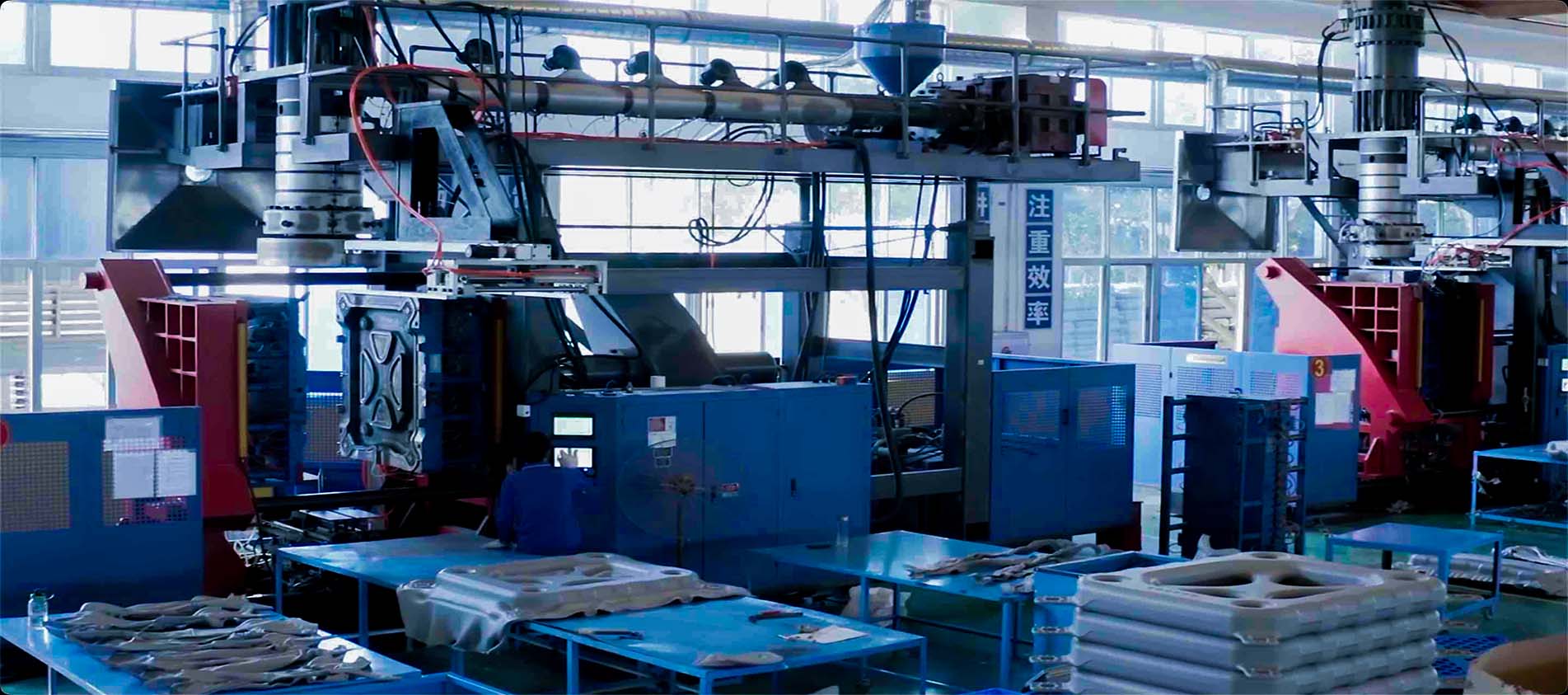

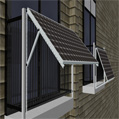
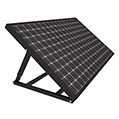
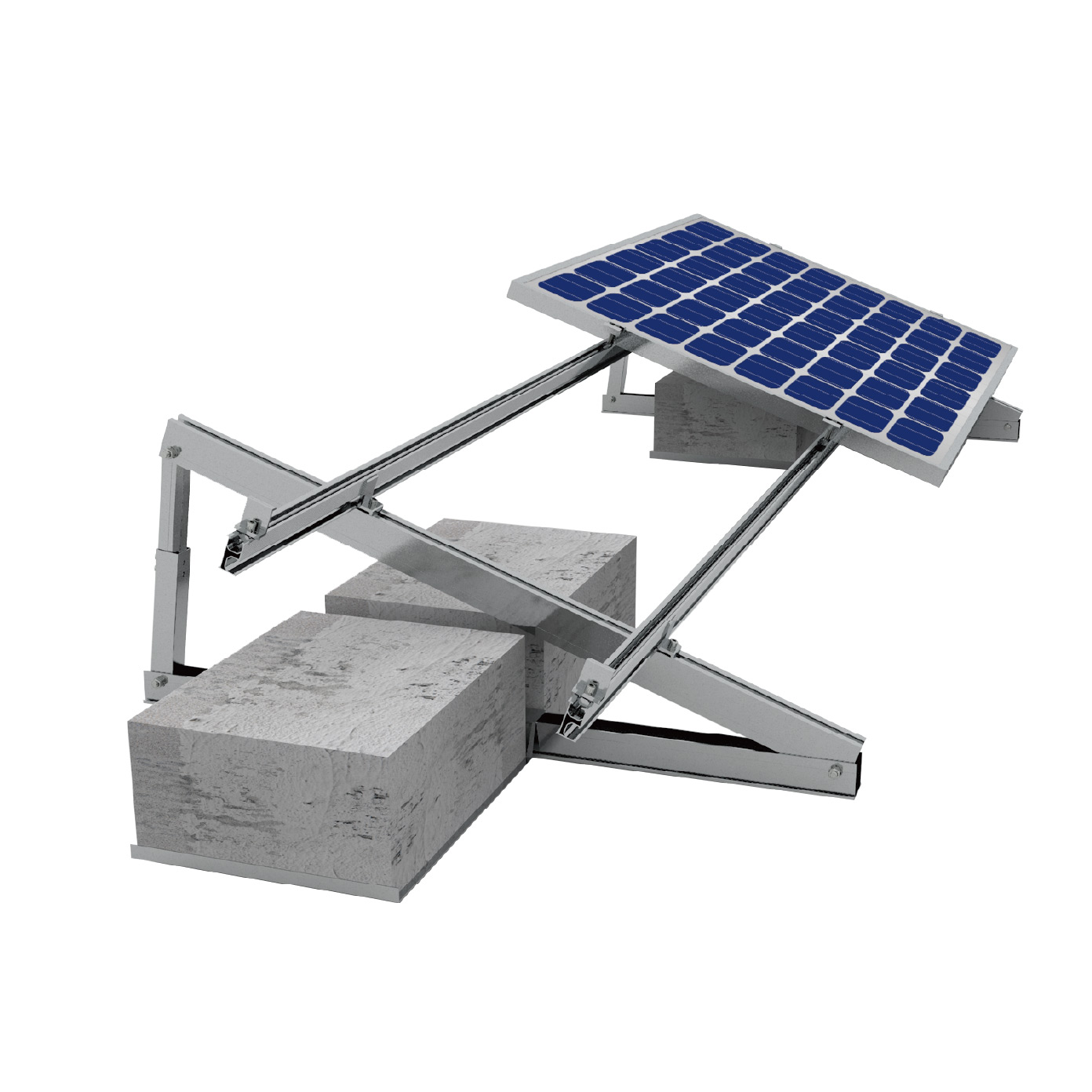
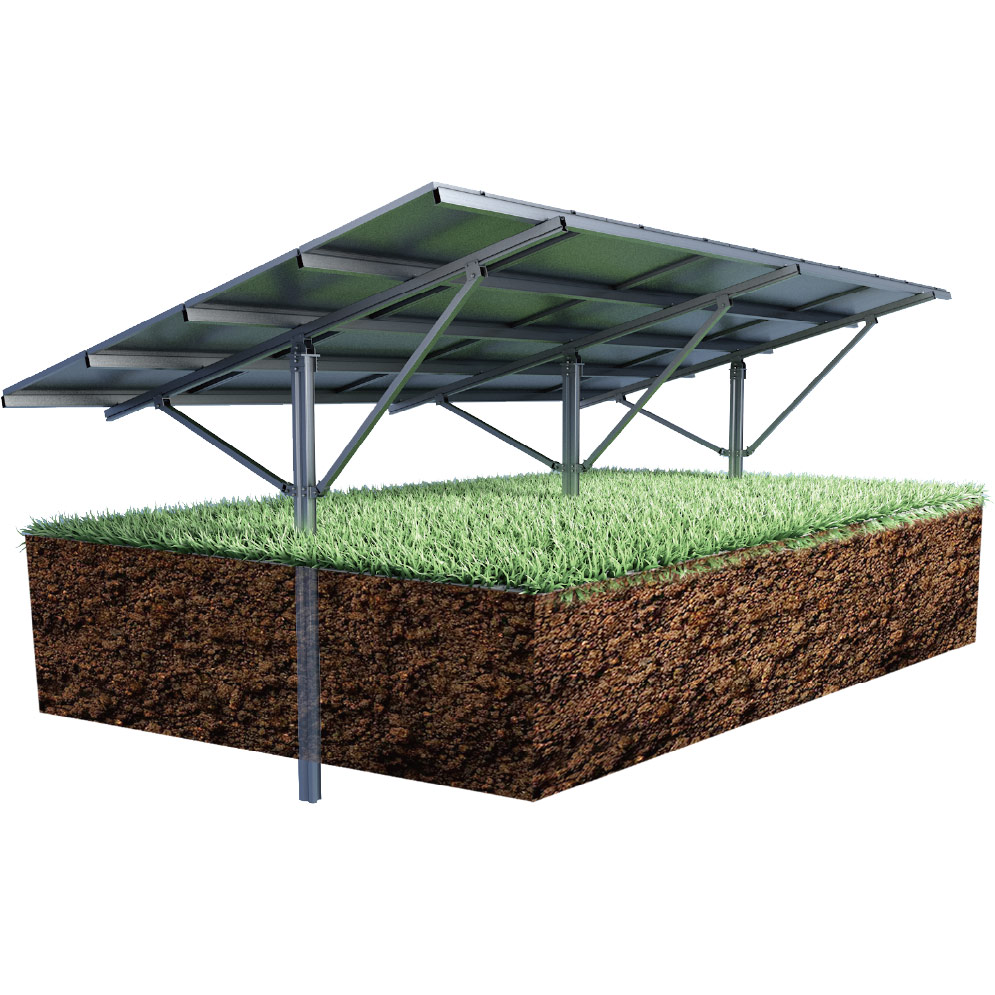
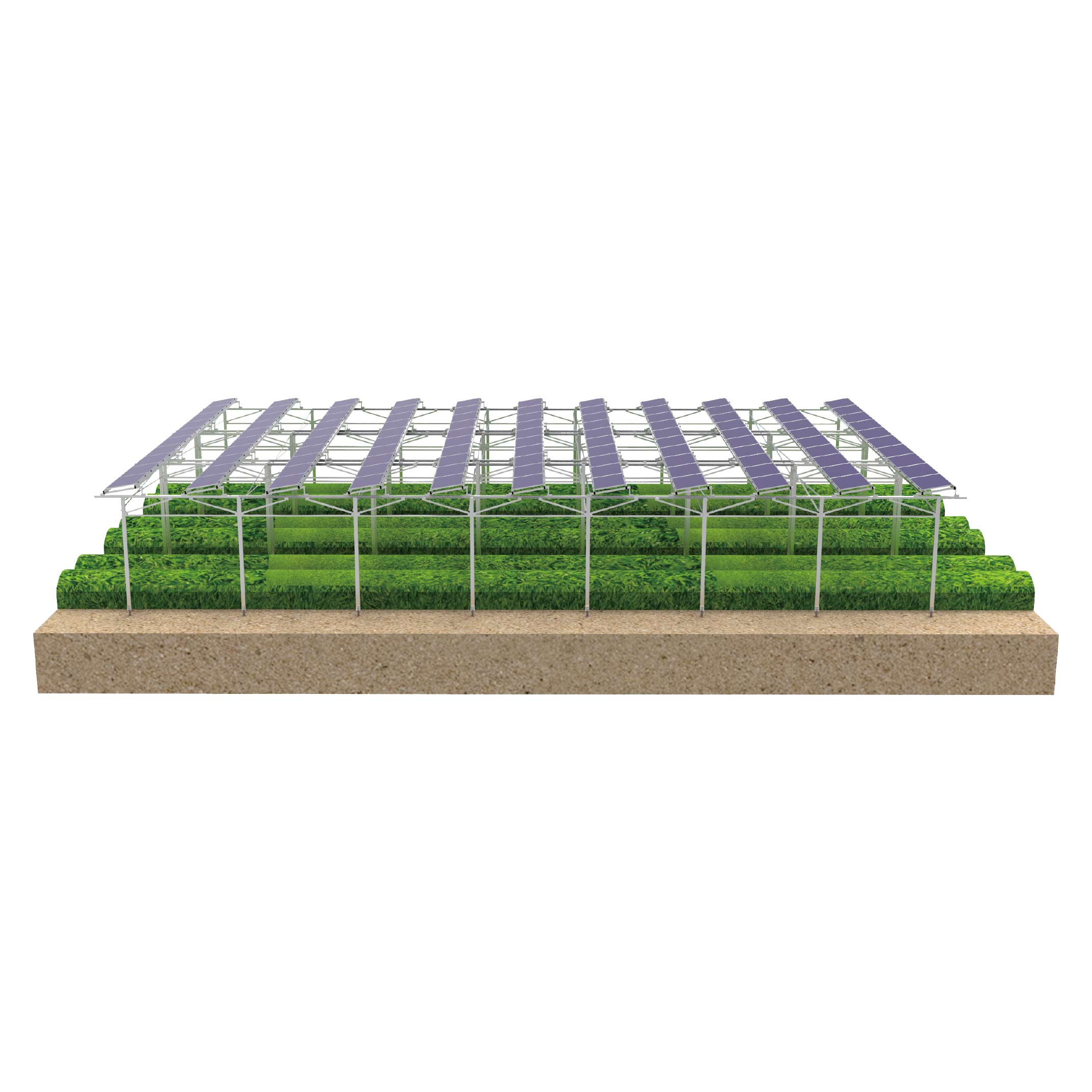
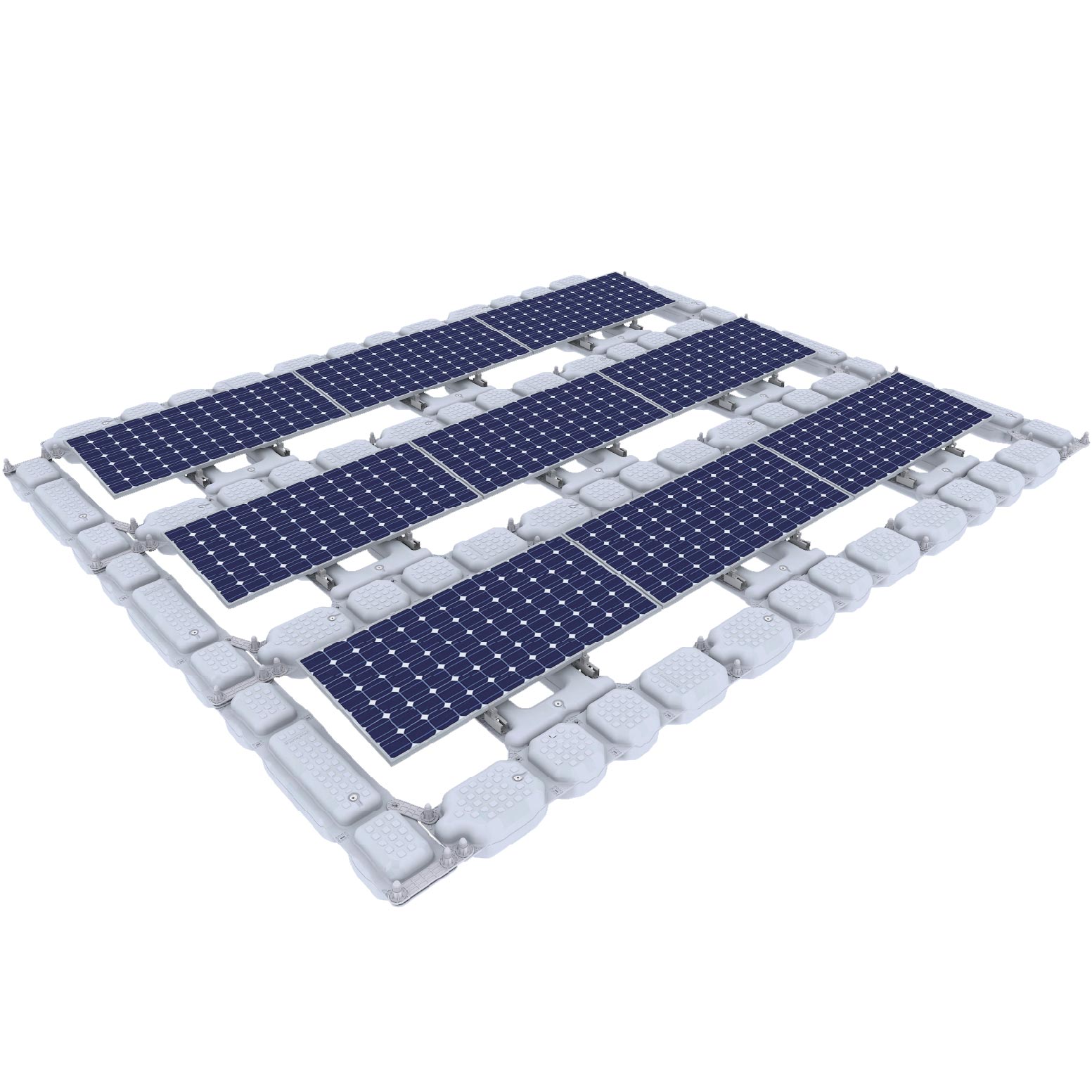
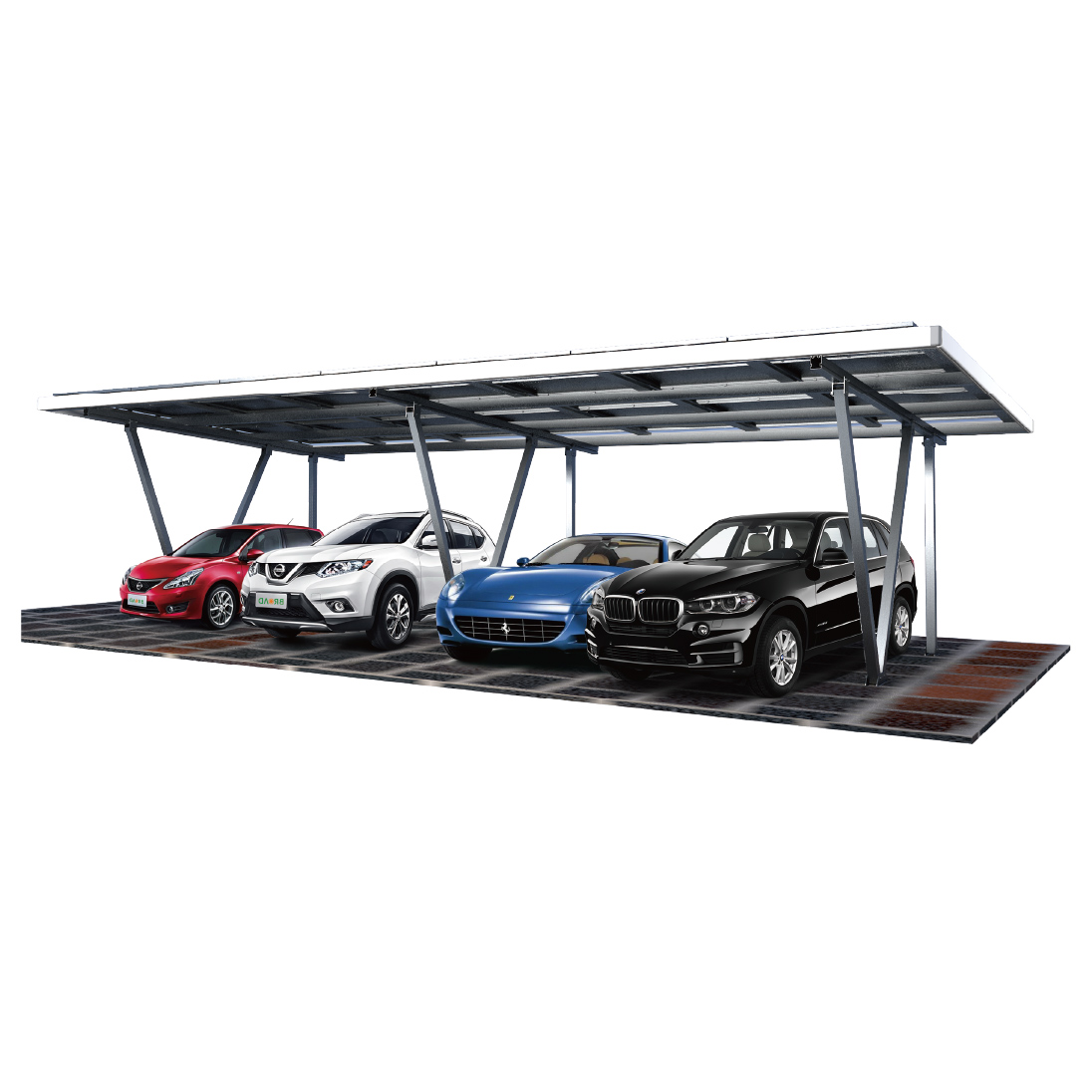
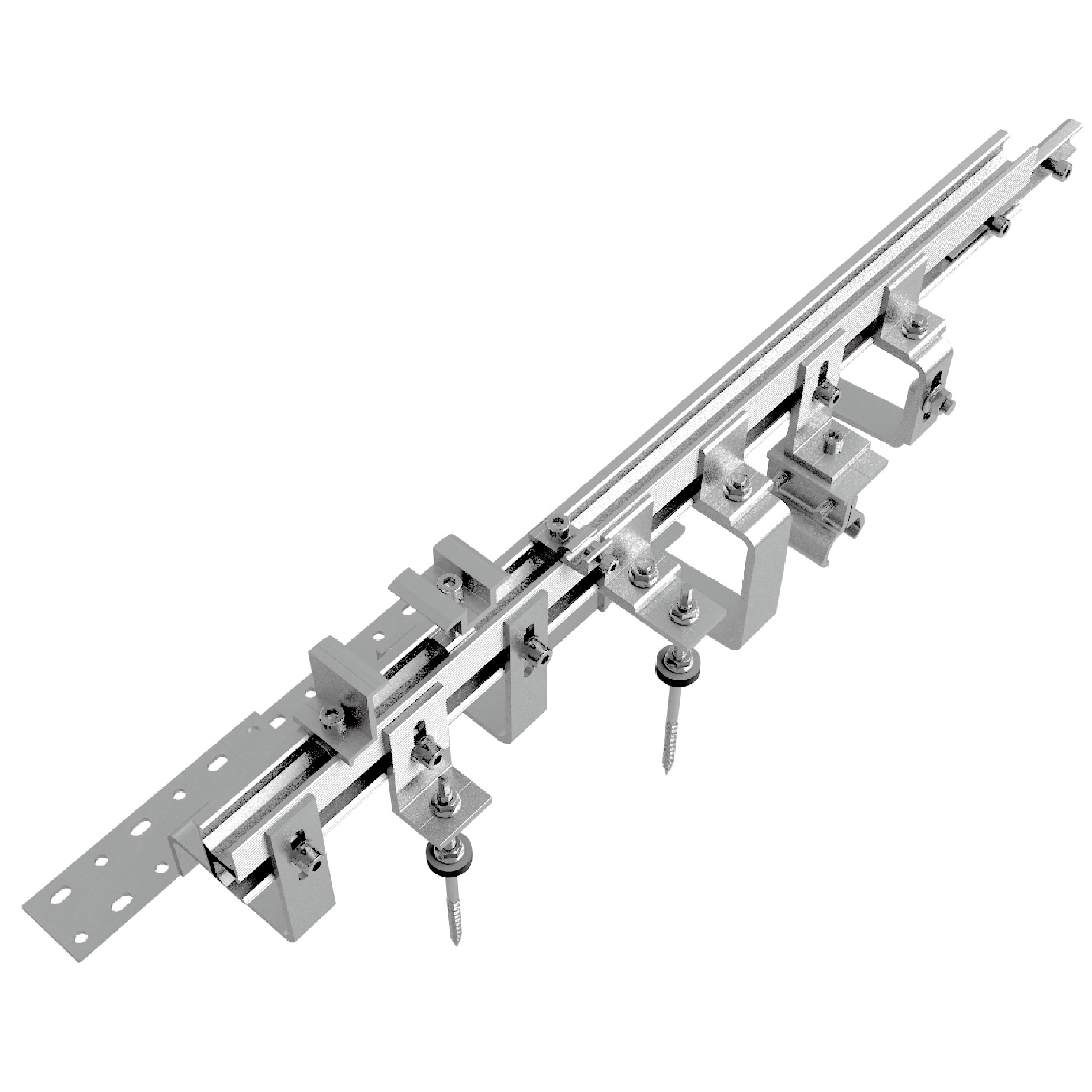
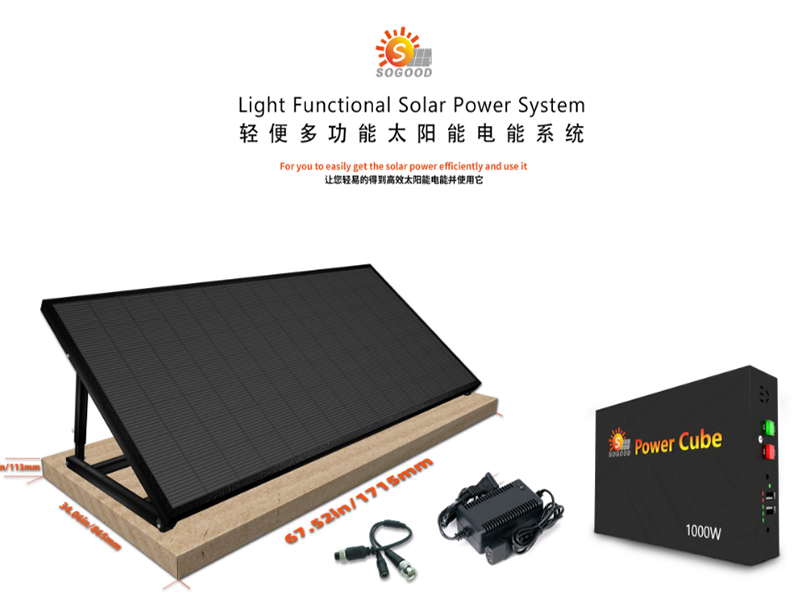
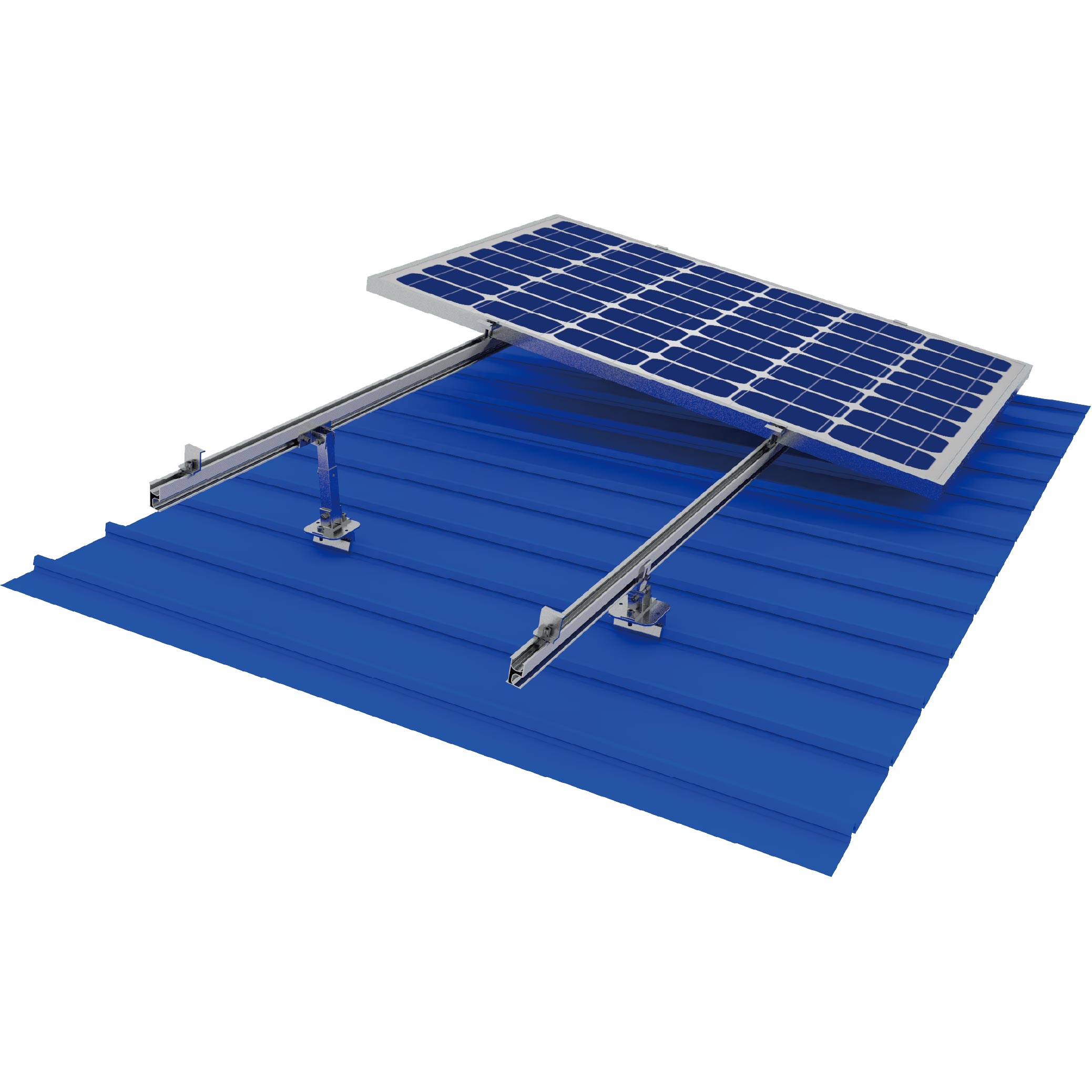
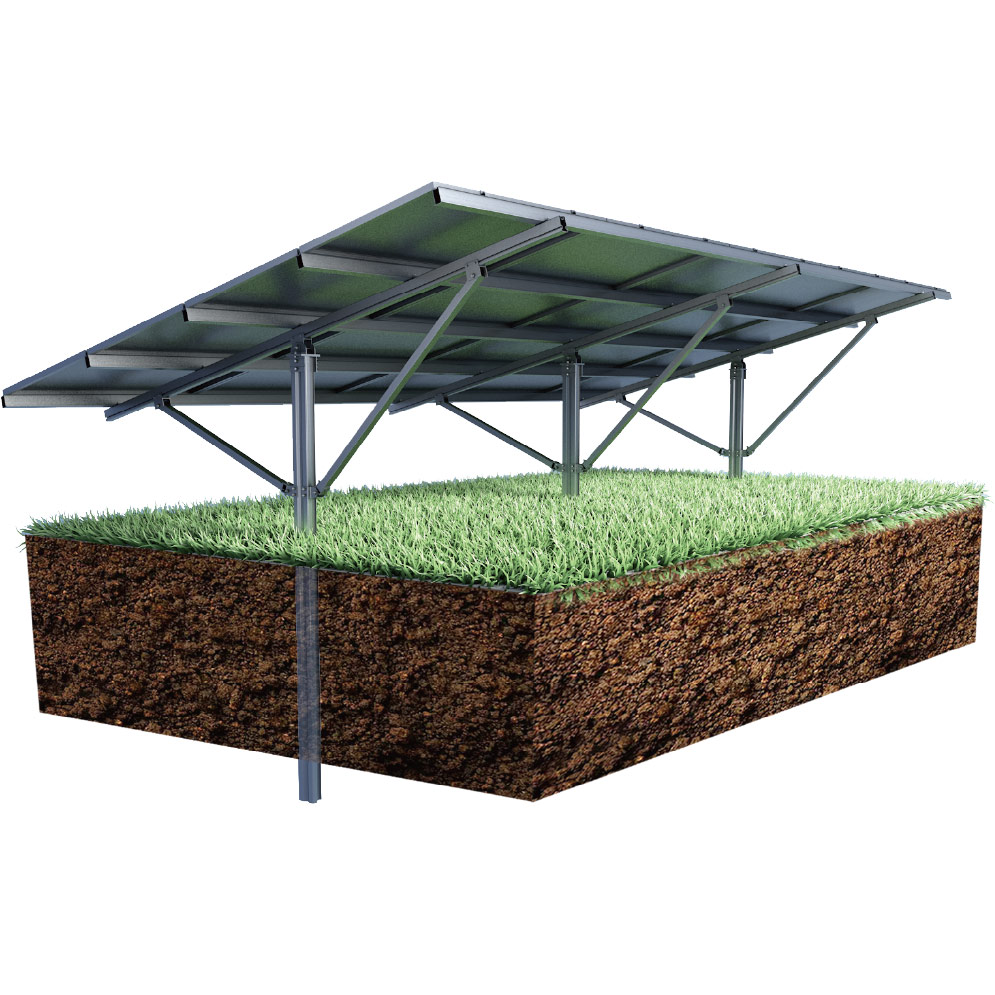
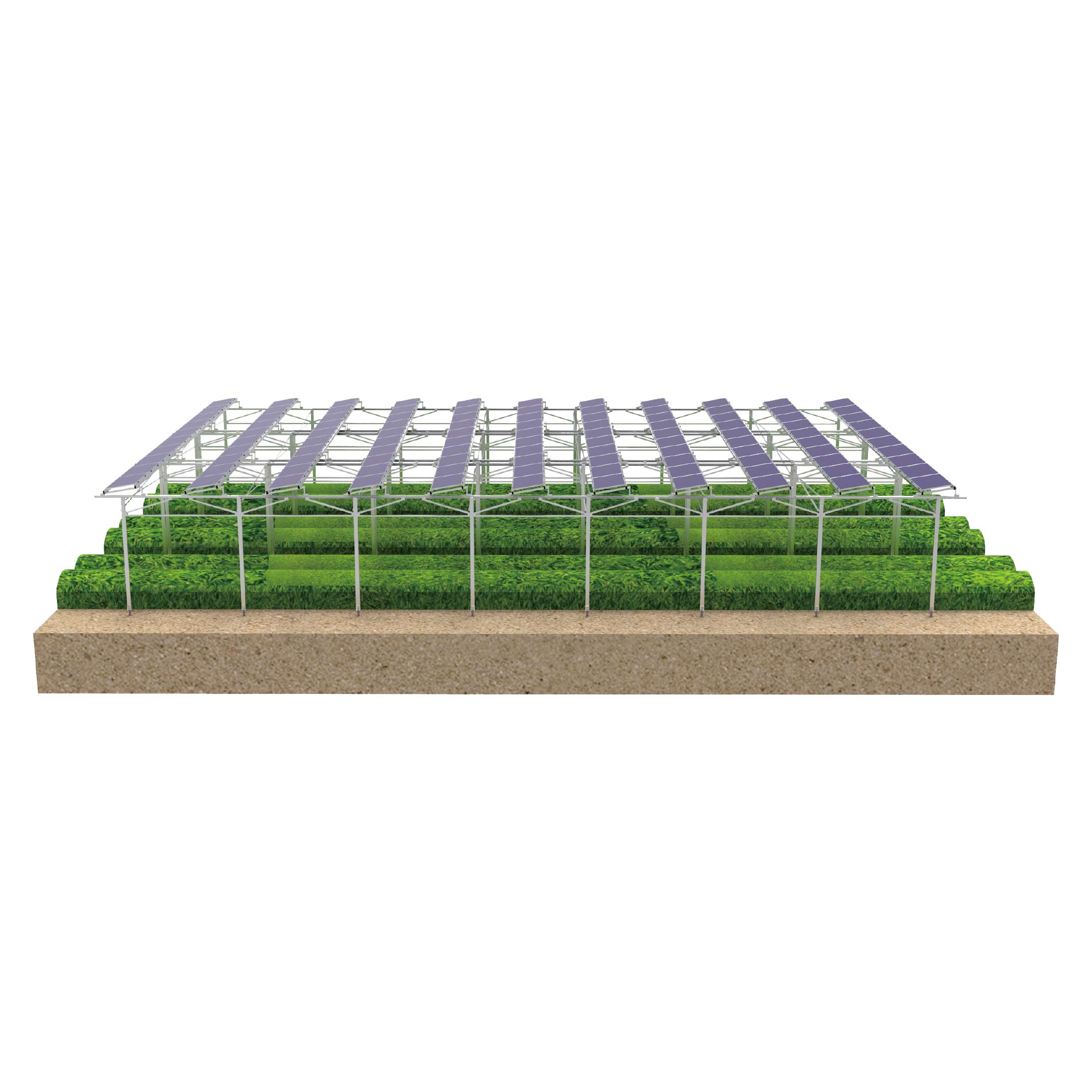
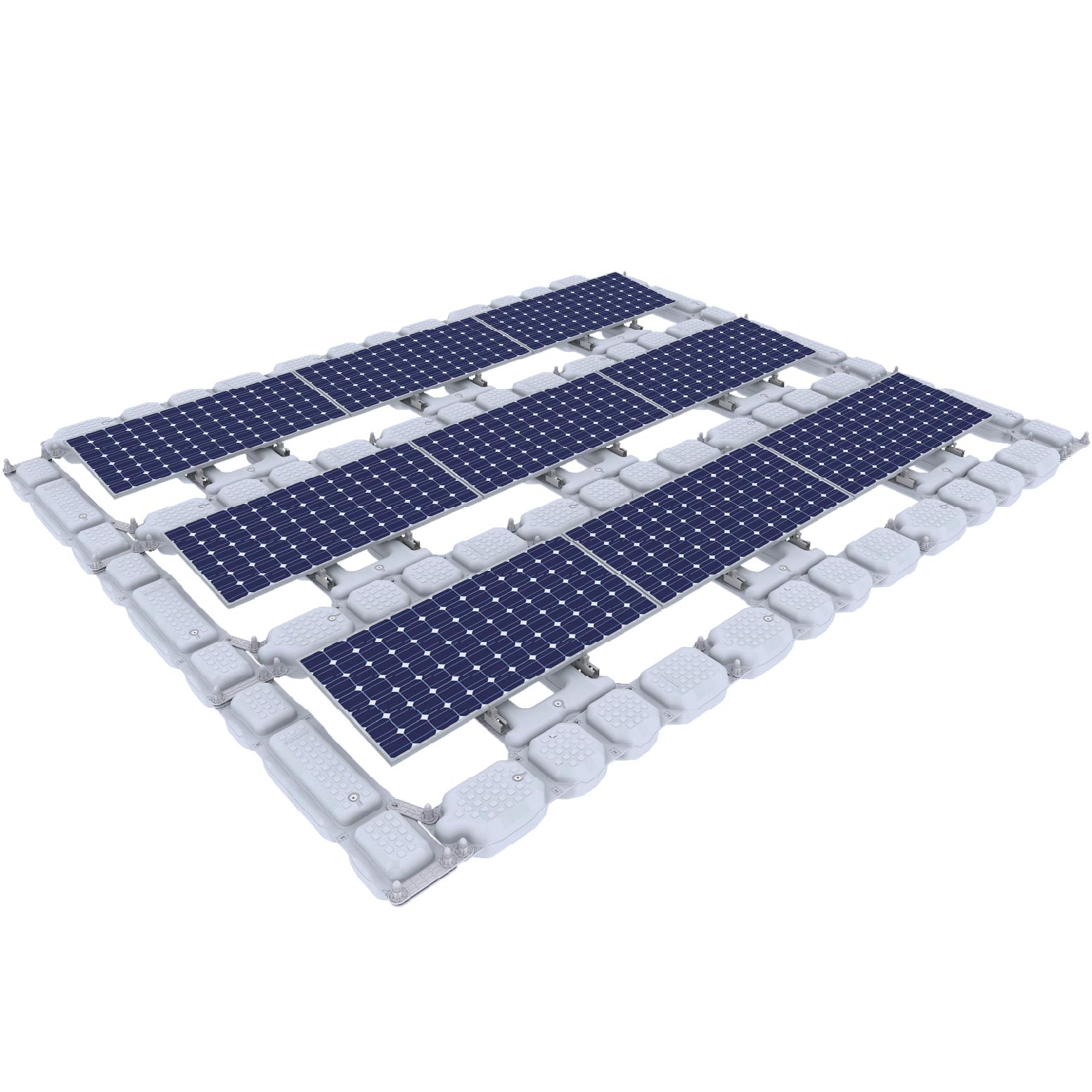
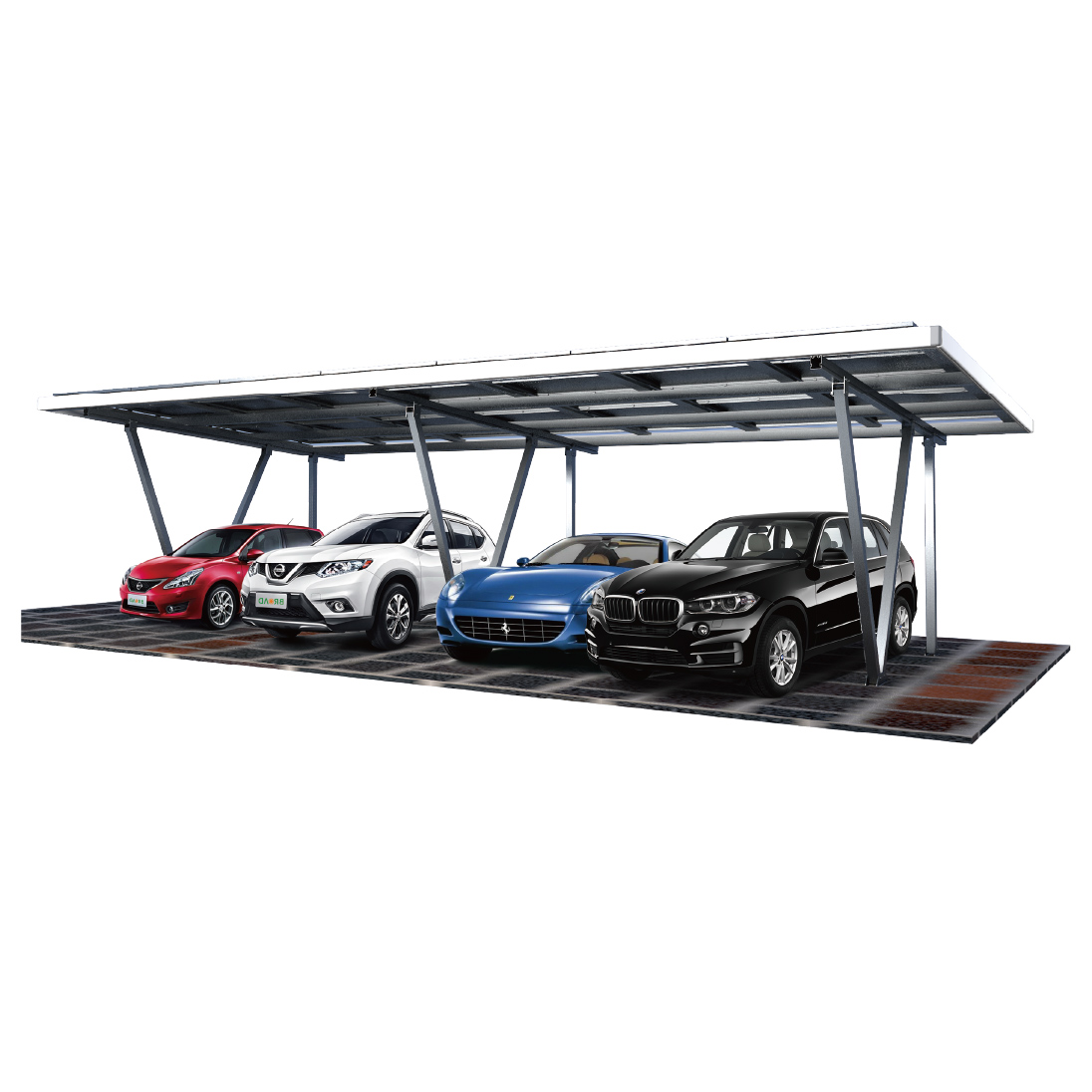
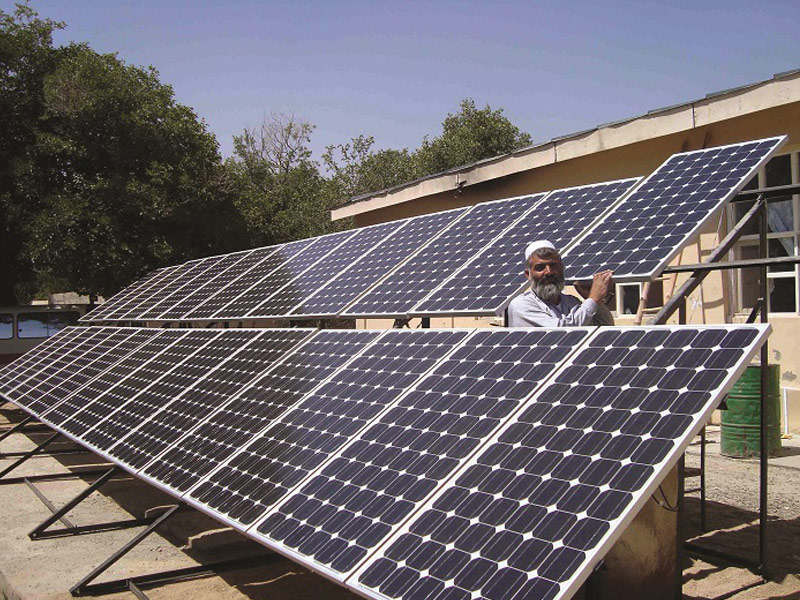
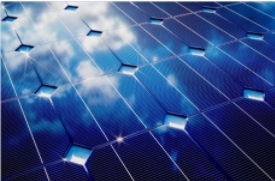

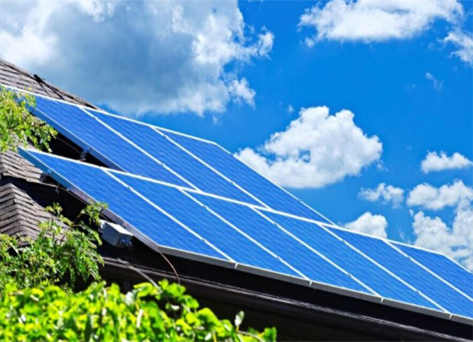
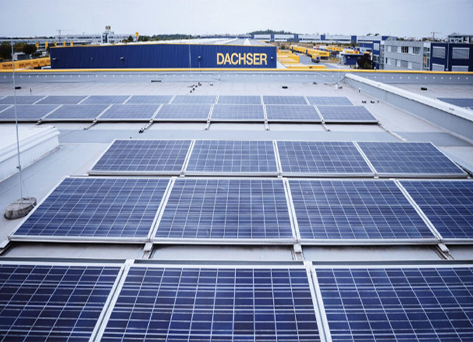
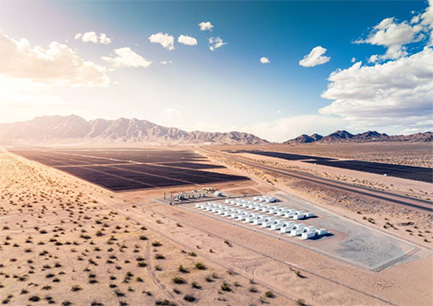
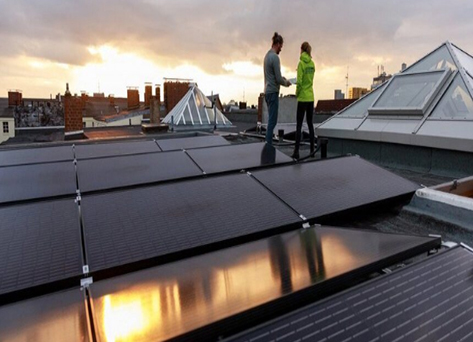
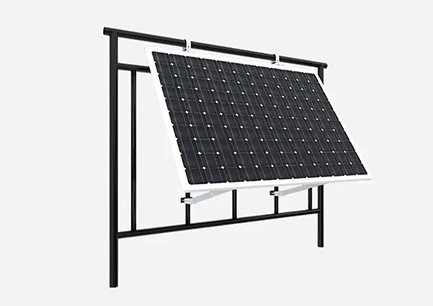
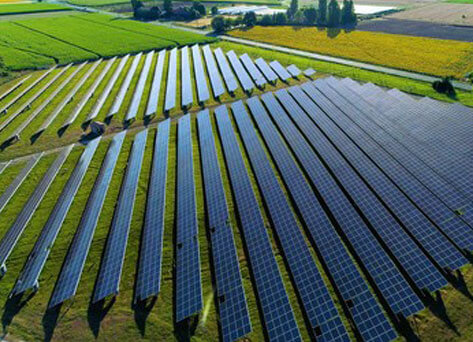
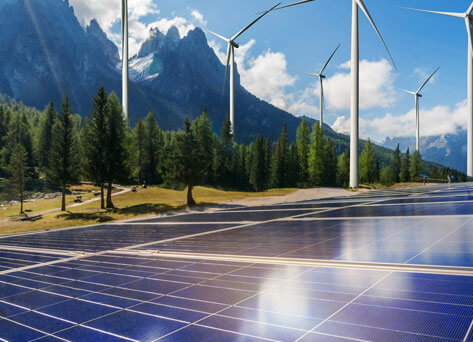
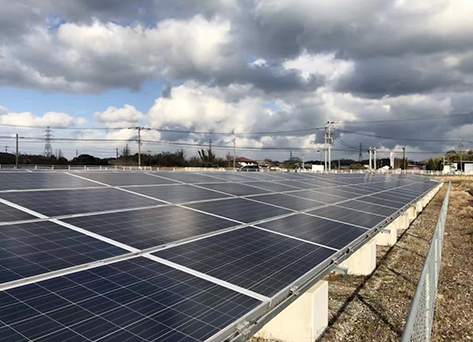

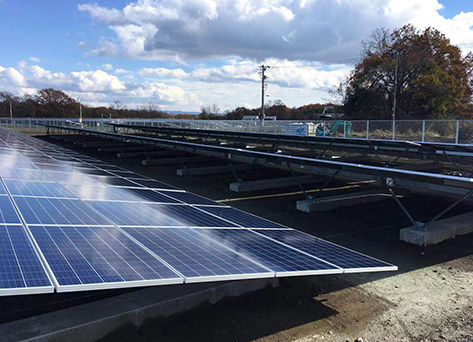
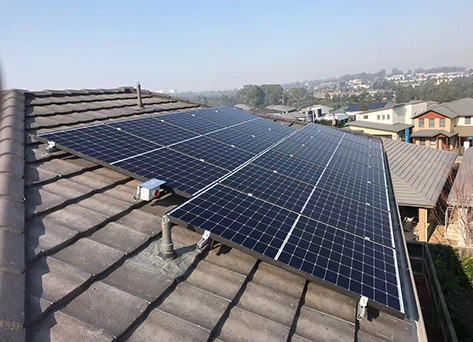
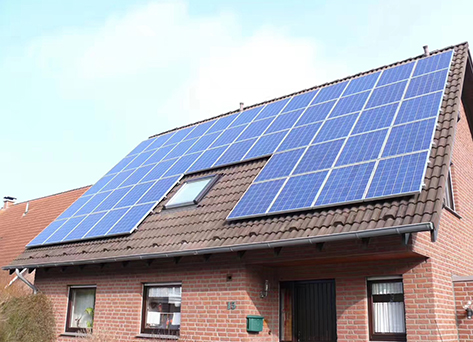
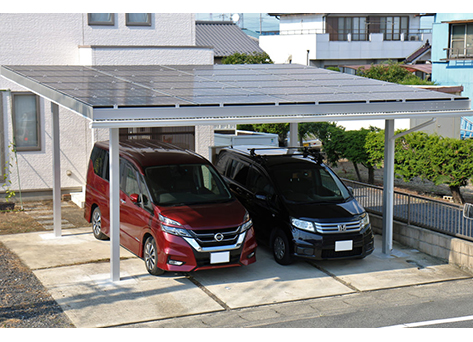








 IPv6 network supported
IPv6 network supported
